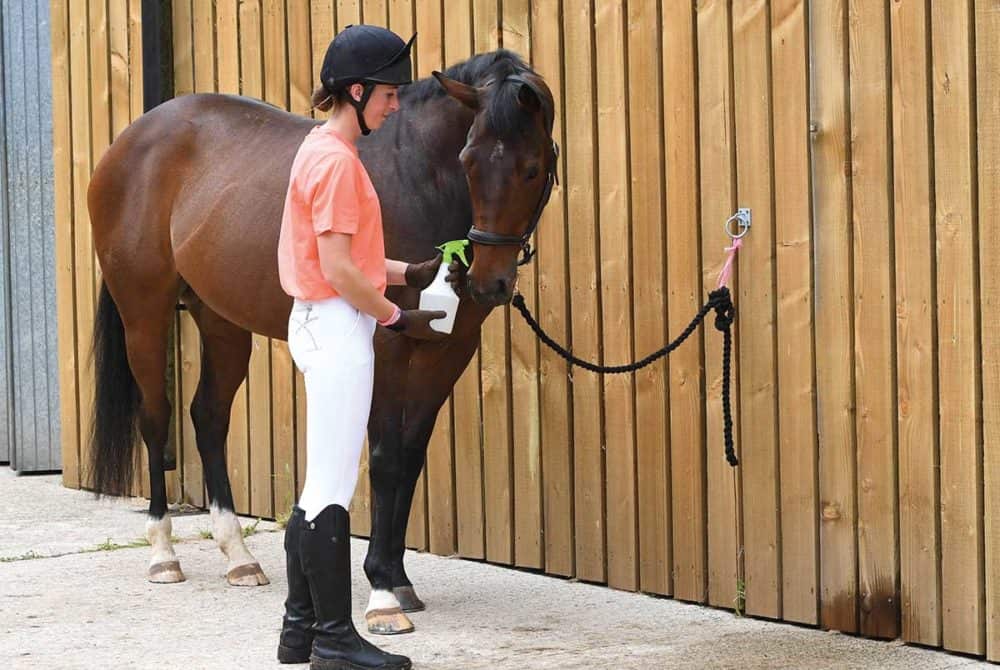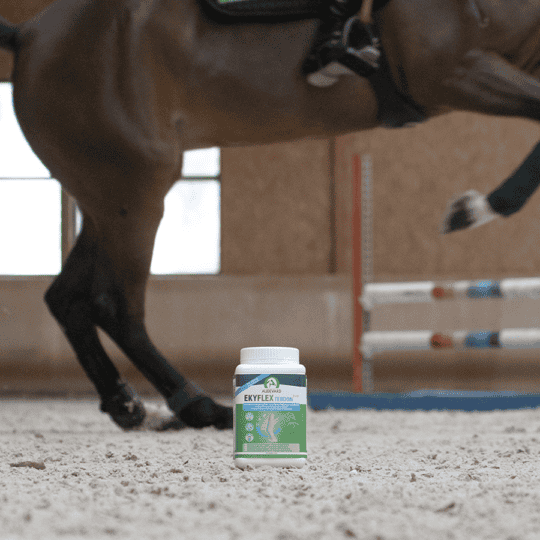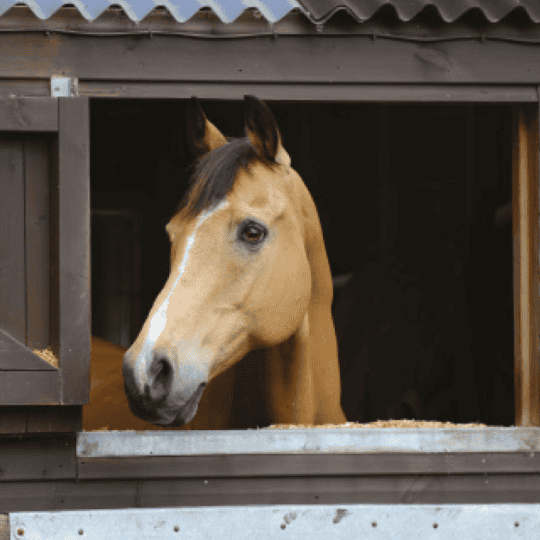Improve a nervous horse’s confidence with Anna Haines
Posted 6th October 2021
Know a nervous horse? Anna Haines explains what you can do make his life a little more enjoyable

What’s his name? That horse – he could be on your yard or belong to a friend – who just seems worried about everything. He never truly relaxes and settles, and is always the one who’s on edge, often very spooky when ridden and the smallest of things provokes a huge startle response. So often these horses are labelled as naughty, but the reality is they’re displaying signs that they’re finding it hard to cope. Instead of a label and a telling-off, they need our help and support. Here’s what you can do.
Start at the beginning
As with any concerning behaviour, the initial course of action should always be to contact your vet and have your horse checked over. Physical pain or discomfort can contribute to generalised anxiety, so it’s important to rule these out before going down any other route.
The next step is to carefully evaluate the horse’s management and care routine to ensure his key needs are being met at all times. This means thinking about every hour of his day.
Common denominators
Each horse is unique and will display his anxiety in a slightly different way, but there are some key things to look out for. When working with, handling or riding your horse, the aim is for him to maintain a relaxed body posture, relaxed facial muscles and soft, round eyes without wrinkles above them. If he’s in a situation where his anxiety begins to increase, you may see…
- increased tension through his face and muzzle areas, including a triangulation of the eye shape and increased wrinkles above his eyes
- a change in the shape of your horse’s chin, either becoming more triangulated and pointy or flattened and wrinkly. These individual differences are key to know about your own horse, so spending time observing his behaviour in a variety of situations is beneficial in helping you recognise subtle signs of anxiety and tension
- a higher head and neck carriage
- an elevated tail
- difficulty standing still
- changes in the way he eats – typically taking food in a more snatchy manner, or stopping eating altogether
If a horse is unable to escape the perceived danger, following the display of these behavioural signs it’s likely his behaviour will escalate to using avoidance, such as trying to move away, becoming bargey, biting, kicking, or rearing. These are extreme avoidance behaviours that can be prevented if the more subtle signs are noticed, and your horse is provided with support before he feels the need to escalate his behaviour.
Friend in need
A horse who easily becomes worried may benefit from having a calm, laid-back companion. Benefits can be gained through the process of social learning, helping a nervous horse understand that not all stimuli need to be perceived as threats. They’ll also benefit from kind, consistent, patient and predictable handling, and it may be helpful to minimise the number of people who care for them so they can develop strong, positive relationships with regular carers. Routine, herd and environmental changes, such as moving yards, should be kept to an absolute minimum because horses who easily become worried are likely to struggle with any big changes and it may take them longer to feel settled and safe in a new group or environment.
Most importantly, ensure that your horse has access to friends, forage and freedom and always remember that a nervous horse is having a hard time, rather than trying to make your life difficult.
Pick up your copy of December Horse&Rider, on sale 7 October to find out what else you can do to ease an anxious horse’s nerves










